
Have you ever scanned QR codes in malls, restaurants and many other places? If yes, then here we are going to talk about that same QR code. But at this time, we discuss embroidered QR code patches. In today’s digital age, brands need to do more than just look good. They need to engage, connect and leave a permanent mark on audiences. One thing that’s growing in popularity is the QR code patch, an embroidered patch that carries a scannable QR code. When done right, these patches blend craftsmanship and technology. They offer a fresh way to bridge physical items with online presence.
This blog explores something new related to QR code embroidery patches, why modern businesses use them, how to design them and where this trend is heading. By the end of this blog post, you’ll see how these patches can become strong in your branding toolkit.
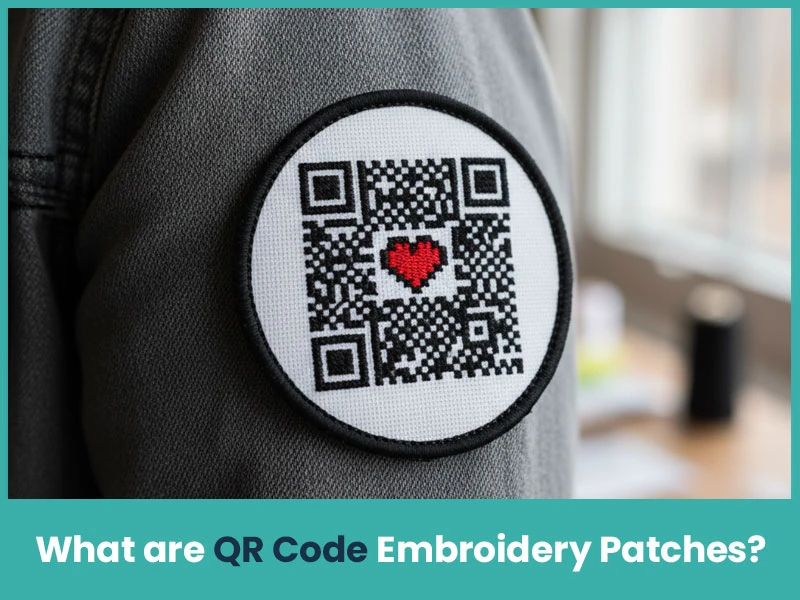
Basically a QR code patch is a fabric patch (usually based on embroidery) that has a QR code stitched into it. When someone scans the code with a smartphone, they are directed to a website, promotion, menu or any online platform.
These patches are not just for decoration, it is used for a meaningful purpose. They combine visual design with utility. The embroidery process includes stabilizing the fabric, selecting proper threads, and using digitizing techniques so the QR code stays scannable.
Brands care about standing out and being memorable. QR code patches help with that in several ways:
Bridging physical and digital touchpoints: When customers see a patch, they can immediately scan and go online. It makes the physical item interactive rather than static.
Engagement & experience: These patches invite action. Someone wearing a patch can draw curiosity. Others may scan it, share it or follow the link.
Tracking & analytics: With dynamic QR codes, businesses can see how many scans, when and where. This gives real data about interest and helps measure the impact of branding efforts.
When it comes to creating QR code embroidery patches that actually scan and last long, you need the right digitizing partner. That’s where True Digitizing comes in. With years of experience in embroidery digitizing, we make sure every patch is clean, scannable and durable. From choosing the right stitch density to ensuring contrast and stability, our team of digitizers focuses on the details that matter a lot. For businesses that want patches not only to look professional but also to work perfectly, True Digitizing is a trusted and reliable choice.
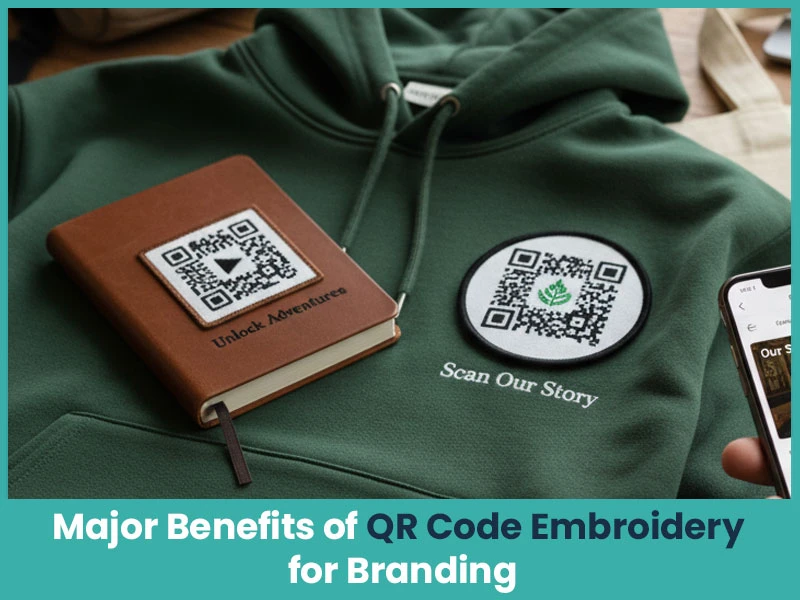
One of the clearest uses is linking: you can direct someone from the patch to your website, online catalog, promotional page or even a menu. Instead of someone manually typing a URL or looking something up, scanning does the work. That ease improves user experience and increases conversion chances.
People feel more engaged when they scan a code to interact with your business. With this, brands offer exclusive discounts with QR codes, such as downloadable materials, loyalty program signups, behind the scenes information and discounts. These add value and promote frequent engagement.
Because QR codes can be dynamic, brands can update where they point without changing the patch. They can track how many scans over time, adjust campaigns, try different offers & measure success. This data-driven approach leads to smarter decisions and better ROI.
Traditional patches are decorative, logo-based or text-based. They show an identity, style or affiliation. But they end there: visual, worn, seen.
Interactive QR code patches go further. They don’t just show, they act. The wearer becomes a mobile gateway. The patch becomes an invitation. Instead of just a static emblem, it gives access.
Traditional patches focus on look. What interactive patches add is function. They combine traditional craftsmanship with connectivity.
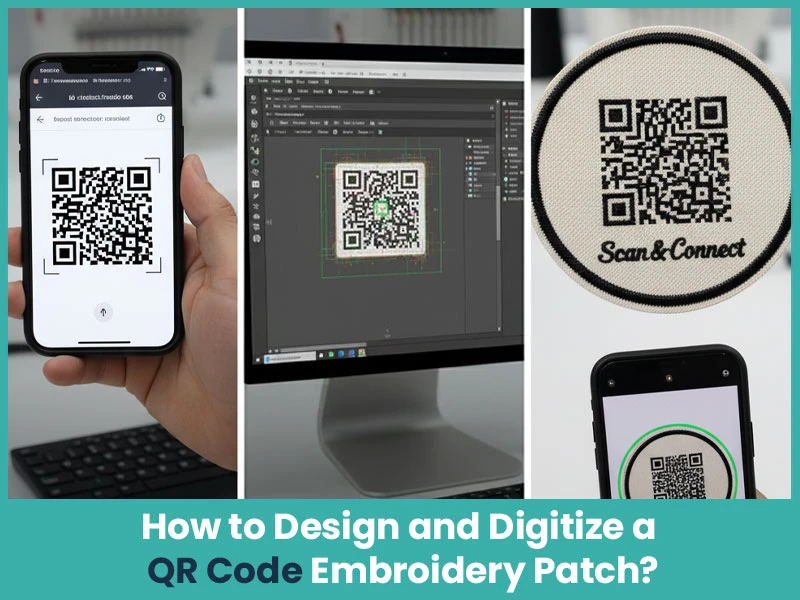
Creating a QR code patch that works well involves several careful steps. Here is what to watch for:
Make sure the patch is big enough. If the QR code is too small, the machine may not stitch fine details and scanning fails. Use high contrast between thread colors (for example, dark thread on light fabric or vice versa).
Use a stabilizer that prevents distortion (cut-away, no-show mesh, etc.). Choose fabric that holds shape. Stretchy fabric or too much movement will ruin the clarity of the code.
1. Auto-digitizing tools can simplify the work for basic QR codes. But they may need cleanup.
2. Manual digitizing provides precision for custom codes or when the design is complicated.
3. Clean up shapes, make sure sharp square edges and avoid loose or small jumps in stitches.
Before you create many, always test a sample first. Scan with different phones, in different lighting and after the patch is sewn on fabric. If it doesn’t scan reliably, rework the digitizing or increase the size.
Choose parts of clothing or merch that are flat and visible. Highly folded or wrinkled areas reduce scan success. Use threads that contrast well and hold up with washing, sun, etc.
As brands keep pushing for real connections, interactive embroidery patches will become more common. Some trends to watch:
1. More dynamic QR codes: Codes that can change destination or content often without changing the patch.
2. Apparel or merch that communicates sustainability info, origin or story via QR scan.
3. Integration with loyalty programs, augmented reality or immersive experiences.
4. Gift items, event merchandise or limited edition drops using QR patches to unlock exclusive experiences or content.
QR code patches give both beauty and function. They help brands to merge the tactile world of fabric and thread with the unlimited possibilities of the digital. When you design carefully, focusing on size, contrast, stability and most importantly testing, the patch becomes more than decoration, it becomes something else to connect, engage and measure.
If you want your brand to make a memorable impression that carries you into digital spaces, QR code embroidery patches may be one of the most creative methods available right now.
Interested in getting custom QR code embroidery patches made for your brand? Reach out to True Digitizing. We specialize in digitizing designs with high scanability and durable embroidery. We help you bring your patch idea into reality, with clean design, fast turnaround and patches that work well in real life.
Nick William has been immersed in the world of embroidery digitizing for over 20 years, earning 25 industry awards throughout his career. As a 3rd generation embroidery expert, Nick’s journey started in his family’s workshop, where he learned the art of digitizing before the rise of modern software. He has worked with leading commercial embroidery businesses and has shared his expertise with over 75,000 home and professional embroiderers. As an author at True Digitizing, Nick is passionate about teaching others how to create beautiful, precise designs through easy-to-follow tutorials and expert advice.
Categories

Holiday Embroidery Trends | Top Designs for Thanksgiving through Christmas
27-11-2025

Understanding DST, PES, and Other Embroidery File Formats | A Complete Guide
20-11-2025

Top 10 Vector File Formats Every Designer Should Know in 2026
14-11-2025

Polyester vs Rayon Embroidery Threads | Which One Should You Choose?
14-11-2025
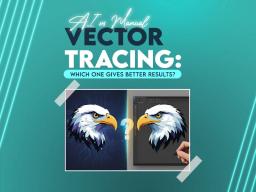
AI vs Manual Vector Tracing: Which One Gives Better Results?
06-11-2025
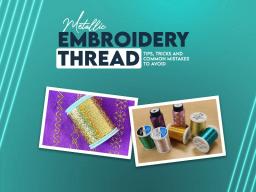
Metallic Embroidery Thread | Tips, Tricks and Common Mistakes to Avoid
04-11-2025

Hatch vs Chroma: Which Embroidery Software Should You Choose?
30-10-2025

Brother SE700 Sewing and Embroidery Machine Review | Features, Pros, Cons & Complete Guide
28-10-2025

Trending Halloween Fonts for Embroidery Patches & Designs
23-10-2025

From Cap to Full Back: Expert Tips for Resizing Embroidery Designs
22-10-2025